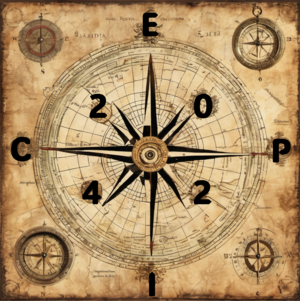Speaker
Description
The investigation of parity violation (PV) effects in atomic systems, where weak and electromagnetic interactions interact, carries significant implications for atomic, nuclear, and particle physics. The study of nuclear spin dependent (NSD) parity violation provides crucial tests of the Standard Model’s (SM) predictions, probing for deviations that could indicate the presence of new physics beyond the established theory. Moreover, it serves as a valuable tool in probing the existence of the Nuclear Anapole Moment (NAM), an intrinsic characteristic of atomic nuclei.
We have implemented relativistic coupled-cluster (RCC) theory at the singles and doubles approximation to estimate NSD PV electric dipole (E1) transition amplitude (${E1}_{PV}^{NSD}$) among different hyperfine levels ($F_f$ - $F_i$) of the $6s ^{2}S_{1/2} - 7s ^{2}S_{1/2}$ transition in $^{133}$Cs. To validate the results, we produce and compare these amplitudes with the earlier reported values at the Dirac-Hartree-Fock (DHF) method and combined coupled-perturbed-Dirac-Hartree-Fock and random phase approximation (CPDF-RPA) method. We derived a generalized expression for ${E1}_{PV}^{NSD}$, which helped incorporate both the NSD PV Hamiltonian and E1 operator simultaneously in the perturbative approach to account for the double core polarization (DCP) contributions. The RCC method subsumes the CPDF-RPA and DCP effects along with Brückner pair-correlations, normalization of wave functions, and their correlations
